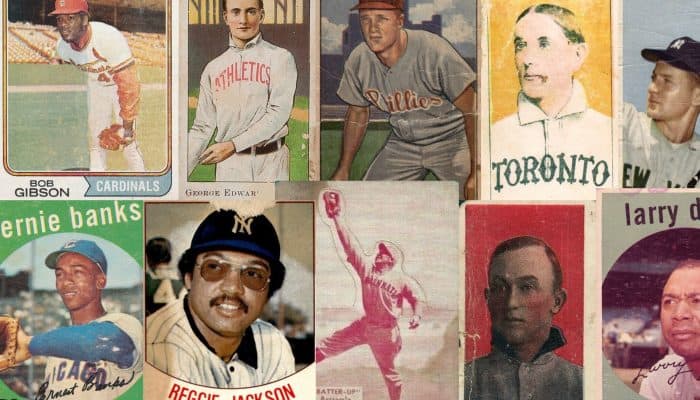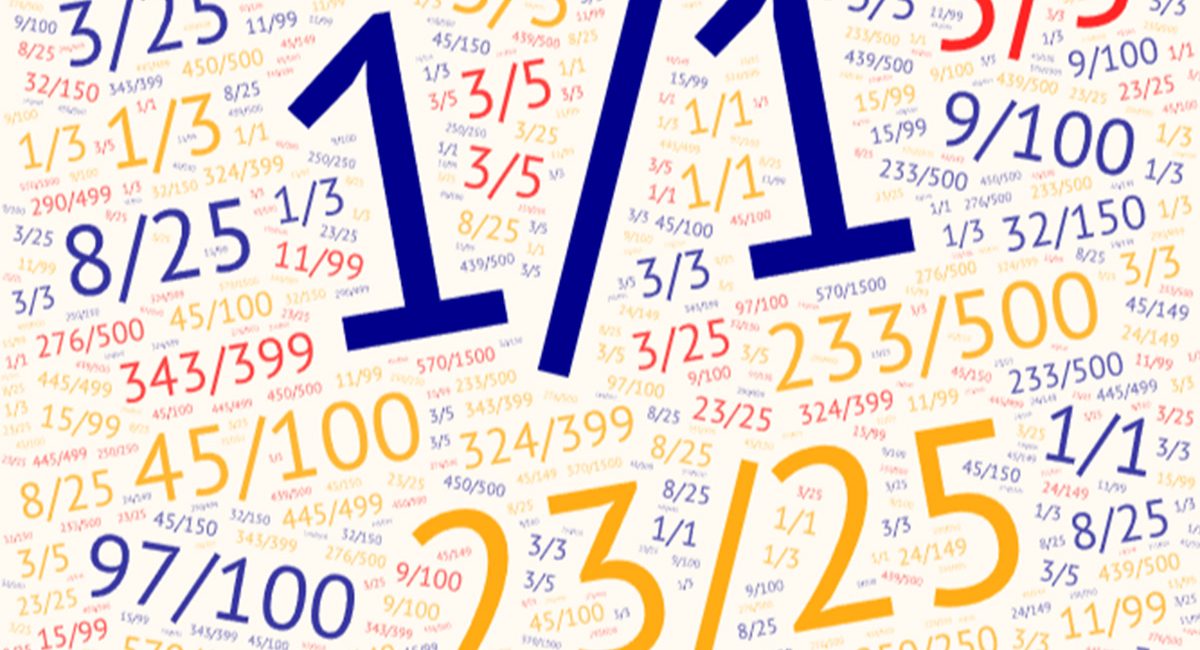
For decades, rare baseball cards have been beloved by collectors. One crucial element of that rarity is the addition of serial numbers. In this article, we’ll delve into the fascinating world of serial numbers on baseball cards, exploring their importance, the history behind their adoption, and the intricate process by which they are added.
The Significance of Serial Numbers
Serial numbers on baseball cards serve a multitude of purposes, each contributing to the collector’s experience and the card’s overall value:
Every card in a series is assigned a unique serial number, making it easily distinguishable from others. This uniqueness enables collectors to identify and catalog their cards efficiently. It also helps prevent counterfeiting and duplication.
Serial numbers can significantly impact a card’s collectible value. Low-numbered cards, often referred to as “short prints,” are considered more valuable due to their rarity. Collectors often chase after these limited-edition cards, driving up demand and prices.
Serial numbers also provide an additional layer of authentication, helping collectors confirm the card’s legitimacy. A counterfeit card is less likely to bear a genuine serial number, making it easier to spot fakes.
A Brief History of Serial Numbers on Baseball Cards
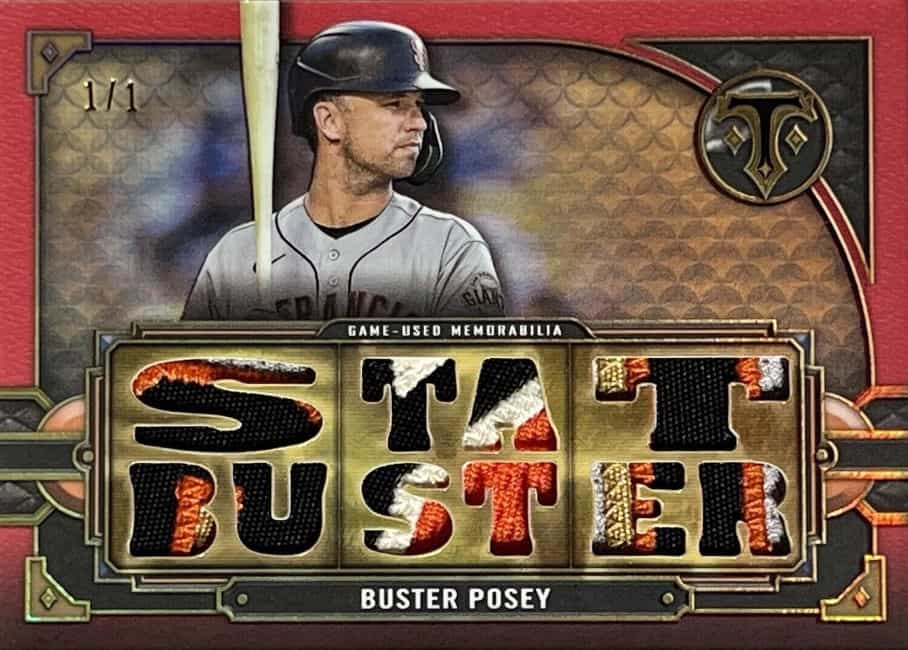
The concept of serial numbers on baseball cards can be traced back to the early 1990s when the hobby experienced a significant boom. Card manufacturers, such as Topps, Upper Deck, and Fleer, introduced serial numbering to enhance the appeal of their products. The inaugural attempts were relatively modest, with cards typically being numbered out of 10,000 or 15,000.
The true revolution came with the introduction of the “insert” card, a special subset of cards featuring unique designs, autographs, game-worn memorabilia, or other premium features. These inserts were often serial numbered to a much smaller quantity, sometimes as low as 1/1, meaning there was only one card of its kind in existence. This rarity and exclusivity led to an explosion in collector interest and helped shape the modern baseball card market.
Hot Tip: Sometimes serial numbers are hard to spot, so examine all of your cards carefully, front and back. Serial numbers may appear on any type of card, including base cards (although they’re more common on refractors and relics).
The Process of Adding Serial Numbers to Cards
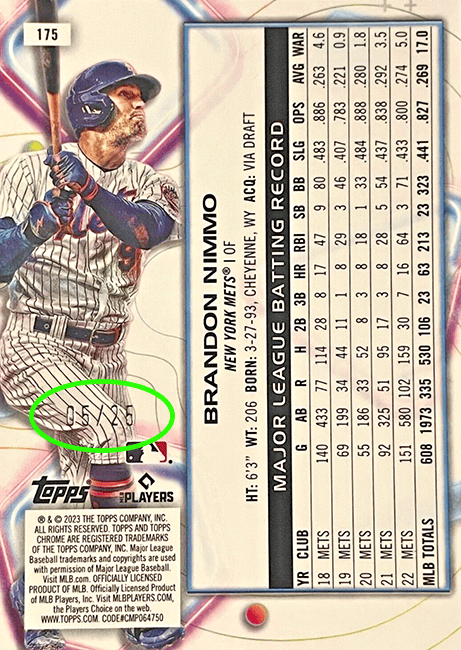
Adding serial numbers to baseball cards is a precise and intricate process that requires careful attention to detail. Here is a simplified overview of how it’s typically done:
Printing the Cards
The first step in any card production process is printing. Modern baseball cards are often printed on large sheets with multiple cards on each sheet. This allows the card companies to produce huge amounts of cards in a short period of time, on the same equipment.
Stamping or Etching the Serial Number
After the cards are printed in sheets, a specialized machine stamps or etches the serial number onto each card. This machine is calibrated to ensure the number is placed precisely in the same position on every card.
The serial number can be added using ink or foil. The choice of method depends on the card manufacturer’s preference and the design of the card. Foil stamping, for instance, adds a shiny, metallic effect that can enhance the card’s visual appeal.
Less commonly, serial numbers are written in Sharpie, by hand. An example of this is with the 2020 and 2021 Topps Heritage Clubhouse Collection, which are relic cards. This can also occur if the player is signing the card, although it’s unlikely the player themselves is doing the numbering.
Quality Control & Distribution
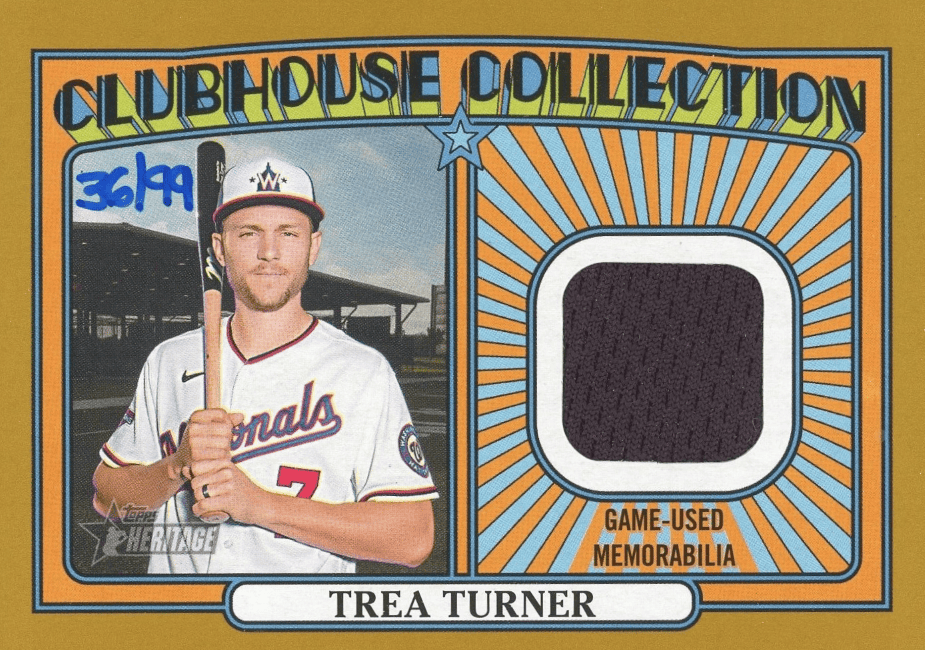
Quality control measures are essential to ensure that every card has a legible and correctly positioned serial number. Any cards with errors are discarded. Once the cards are numbered and quality-checked, they are packaged and distributed to collectors. Typically, serial-numbered cards will be inserted into packs at a specific probability, depending on the rarity of the card.
Conclusion
The addition of serial numbers to baseball cards has transformed the collecting hobby. It brings uniqueness, authenticity, and rarity to each card, making them more valuable and desirable to collectors. The practice has a relatively short but impactful history, dating back to the 1990s when card manufacturers recognized the potential of limited-edition inserts.
Unlike other cards, serial numbered cards can be tracked, adding significance to the act of collecting them. As the world of collecting evolves, serial numbers continue to be a defining feature in the value and appeal of baseball cards, making them more than just pieces of cardboard – their uniqueness is a tangible connection to the world of sports and history.


